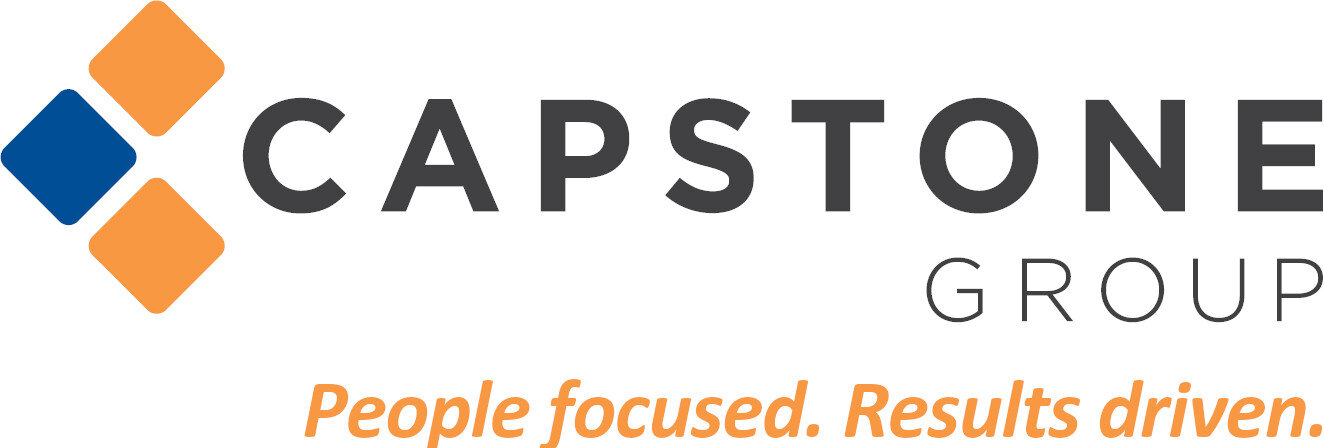Let's start with the basics: what is a captive? Captives are insurance companies that are wholly owned and controlled by the insureds. No one captive is exactly like another. They may vary on "coverages, retentions, limits, reinsurance, type of captive, type of ownership structure, domicile, service provider selection, stated goal of the captive, related or unrelated business," etc.
When contemplating creating or buying into a captive, there are many decisions to be made. One of the most important factors is having senior management buy-in, as the captive is a long term decision and should have full support from upper level leadership. This buy-in is a commitment that is essential for being accepted into the captive.
The second important consideration is the company's corporate risk profile. Some captives may be more suitable for high-risk industries, others for low-risk, and some risk profiles are better handled by retention (self insurance) or purchasing coverage on the open market. Knowing your business' risk appetite is important when it comes to selecting the right captive for you.
In the grand scheme of things, there are three dispositions to a risk exposure:
- Self-funding or financing through a captive arrangement,
- Purchasing insurance on the open market to cover any potential losses, or
- Avoidance.
("Using a Captive Insurance Company to Manage Risk," Jeff Kenneson)
Finally, there are "three Cs" of captive formation: control, cost, coverage. "With a captive arrangement you gain better control over your insurance-buying and risk-financing mechanisms, which should lower your costs. You’re able to select the various service providers who will assist you in operating the captive and in doing so, lower the cost of services. You have the ability to cover exposures that are uninsurable or too expensive to cover in the open market along with having the ability to manuscript policies if you so desire to plug any holes in your current coverage from the traditional carriers." Furthermore, as a part of a captive, you are more involved in claims management, which gives greater control over the decision process for claims handling.
Other important considerations include your company's loss experience, and tax issues.
To read more, check out the rest of Jeff Kenneson's article here.

